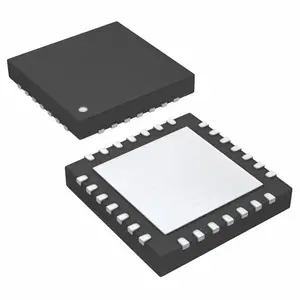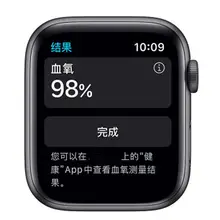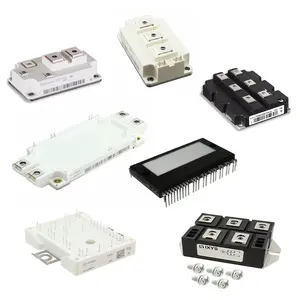Introduction to the 8051 Microcontroller
The 8051 microcontroller is a seminal processor architecture that has played a pivotal role in embedded systems design. Originating from the Intel 8051, this microcontroller has evolved into a versatile family of processing cores that find applications in a multitude of electronic devices. Its enduring relevance is attributed to its straightforward architecture, ease of interfacing with peripherals such as 8051 adc interfacing, and a robust development ecosystem.
Core Features of the 8051 Microcontroller
At the heart of the 8051 controller is a robust 8-bit CPU, known as the 8051 cpu, which efficiently manages operations and processes. This microcontroller typically includes on-chip memory, a variety of I/O ports, and an array of timers and counters. The presence of a built-in 8051 micro processor allows for effective handling of tasks that require quick data manipulation and real-time processing.
Applications of the 8051 Microcontroller
The versatility of the 8051 architecture enables its use across diverse applications. 8051 microcontroller applications span from simple domestic gadgets to complex industrial machinery. Its ability to interface with additional modules, such as ADCs, through adc interfacing with 8051 microcontroller, expands its utility in systems requiring analog to digital conversions.
Development Tools and Programming
For programming enthusiasts and professionals alike, the mcu 8051 ide provides a comprehensive environment for coding, debugging, and simulation. The 8051 microcontroller c programming is a common approach, with ample resources available for learning and implementation. Moreover, the 8051 development board serves as an excellent platform for prototyping and testing applications, ensuring a practical hands-on experience.
Choosing the Right 8051 Microcontroller
Selecting the appropriate 8051 mc for a project involves considering factors such as memory requirements, I/O port needs, and the specific application it will be used for. While the 8051 microcontroller cost is a consideration, the selection is primarily driven by the technical specifications and compatibility with the intended use-case.
Conclusion
The enduring legacy of the 8051 microcontroller is a testament to its design and capabilities. Whether for learning electronics, building a prototype, or mass-producing consumer products, the 8051 remains a go-to choice for many. With a range of 8051 dev board options and resources available, the 8051 ecosystem continues to thrive, adapting to new challenges and technologies.











































 浙公网安备 33010002000092号
浙公网安备 33010002000092号 浙B2-20120091-4
浙B2-20120091-4